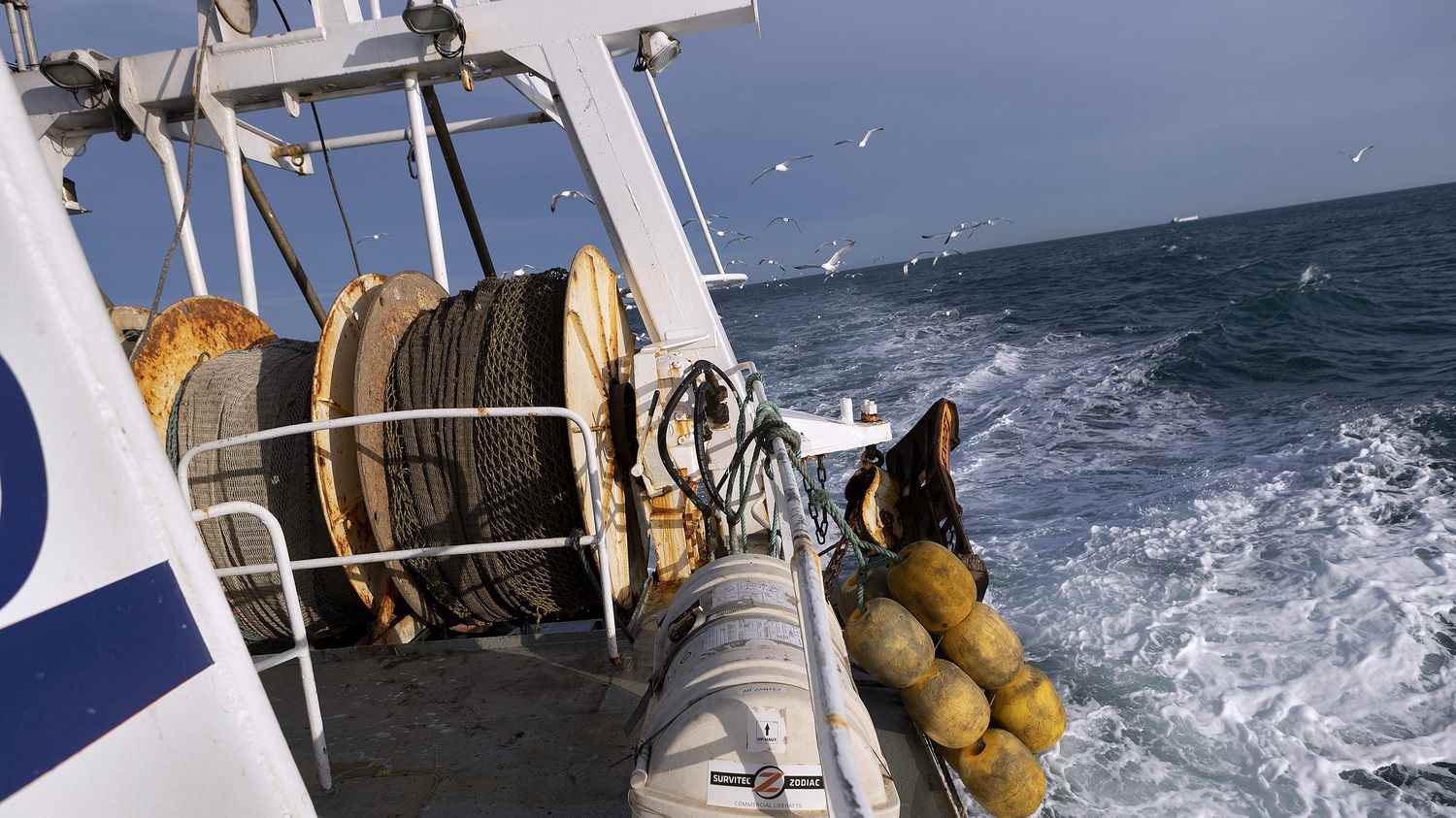MEPs have passed a non-binding amendment for prohibit this practice in “strictly protected” areas. Mbut these represent only 1% of European waters and are in principle already spared from “harmful” activities, underline NGOs.
Article written by
Posted
Update
Reading time : 1 min.
Advance or retreat? The European Parliament called on Tuesday, May 3, to restrict trawling, but without banning it in protected maritime areas.
MEPs voted in favor (319 votes for and 280 against) of a non-binding amendment, which aims to to prohibit “the use of harmful techniques” for the environment “in strictly protected marine areas”. Among them, trawling, which consists of scraping the seabed with towed gear and which is accused of ravaging the seabed.
But environmental NGOs consider that this amendment does not respond to the danger: the areas “strictly protected” represent only 1% of European waters, and are in principle already free of activities “harmful”. The amendment therefore leaves aside the “marine protected areas”, a category that concerns about 10% of European waters. Gold ltrawl fishing is practiced in 86% of them, saccording to the NGO Oceana. “Sad day: a majority voted (…) to leave the vast majority of marine protected areas to be devastated by bottom trawls”said Green MEP Caroline Roose.
Pierre Karleskind, chairman of the Fisheries Committee in the European Parliament and LREM MEP within the Renaissance group, behind the adopted amendment, says he is opposed to any ban indiscriminate trawl fishing, onoting that “the bottom trawl represents 80% of the fish brought into French ports”. He calls for limiting this technique “only where it is effective”based on scientific advice.
Three other amendments proposed by Caroline Roose were adopted during the same session: one seeks to “Urgently address adverse effects on climate, seabed integrity, fish populations (…) means of fishing such as bottom gear, drift nets”. The second calls for the prohibition of “extractive industrial activities, such as mining, in marine protected areas”. The third aims to identify the “carbon-rich marine habitats” to preserve them from activities such as trawling, which may release trapped CO2.
